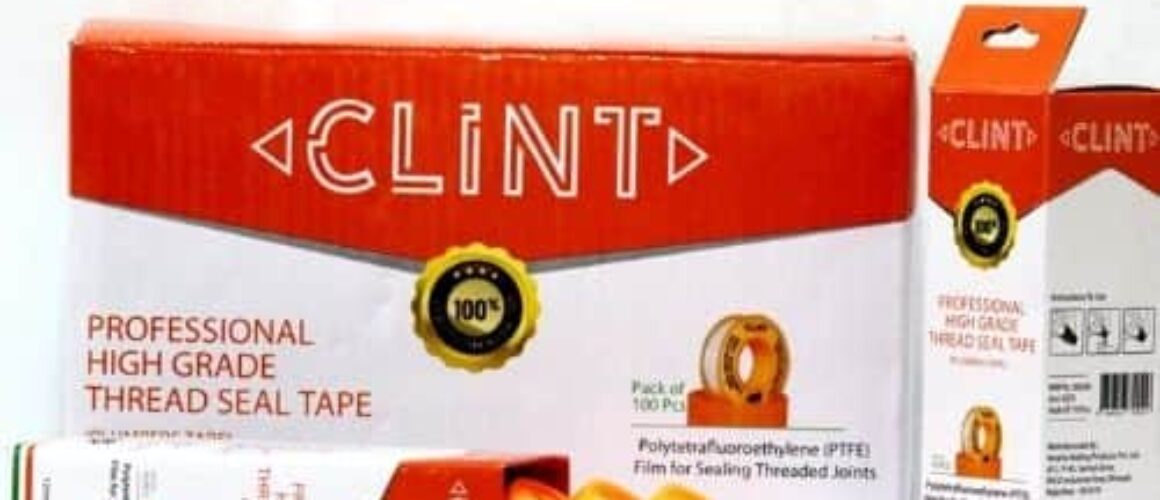What To Remember Before Choosing The Right TPE?
Thermoplastic elastomers (TPEs) are the most all-around class of plastics that have both thermoplastic and elastomeric characteristics. The greatest advantage they have is the ability to stretch to moderate elongations and return to its original shape, which creates a longer life and a better physical range and making them perfect to be used for soft-touch applications. In terms of processing, design flexibility, economic pricing, and recyclability, TPEs definitely take the lead over rubber.
But it’s important to make sure that you are using the right TPE for your purpose because choosing the wrong material can cause launch delays or product failure in general. There are plenty of options available to pick from in the market, but here are some factors that one should definitely keep in mind before making their choice:
- What Is The End-Use (Indoor Or Outdoor) Of Your Product?
Your product is going to constantly face the environment it is used in, which is why you need a material that can endure the harshness of the environment.
Ask yourself these questions:
– Does your product have high exposure levels of temperature, UV, and/or chemicals (acids, bases, alcohol, etc.)?
– Are there any risks of microbial growth or flammability that the product or the part of the product be exposed to?
– Will this product be used once or multiple times? - What Are The Physical And Mechanical Property Requirements Of The Part
You can modify the TPE materials with different attributes to optimise comfort and performance of your product.
Here are the questions you need to examine:
– What should be the ideal hardness of the TPE?
– Is there a presence of a large pull force? If yes, what should be the maximum force that the product is able to resist?
– What is the part’s load expectation over time?
– Do you require a TPE that resists rubbing, scratching, or scraping?
– Will your product have to function under dynamic bending stress without cracking?
– What is the material compatibility? - What Is Your Cost Target?
It is true that TPEs are an invaluable product for manufacturers, but it is equally true that high-performance TPEs come at a higher price. You must make a decision, understanding that choosing the wrong TPE material can incur heavy losses in the longer run. - What Should Be The Surface Feel And The Visual Highlights Of Your Product?
At the end of the day, customers are heavily influenced by the product’s physical appearance and tactile experience.
Ask yourself these questions:
– Do you want the surface to feel silky, sticky, smooth, dry, or grippy?
– Do you want a shiny finish or a matte finish?
– Do you have a particular colour in mind? - What Is Your Manufacturing Process Method?
If you lay down your intended manufacturing process to your TPE manufacturer, you can save lots of time and money. You can tailor your TPE for injection moulding, blow moulding, or extrusion processes to ensure established production goals.
Once you answer all these questions for yourself, a TPE supplier can easily help you figure out which TPE material would work best for your intended use.


